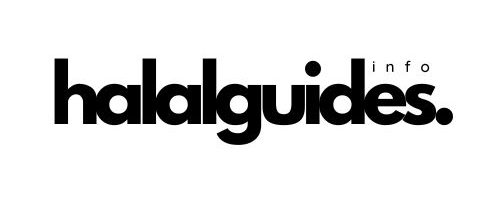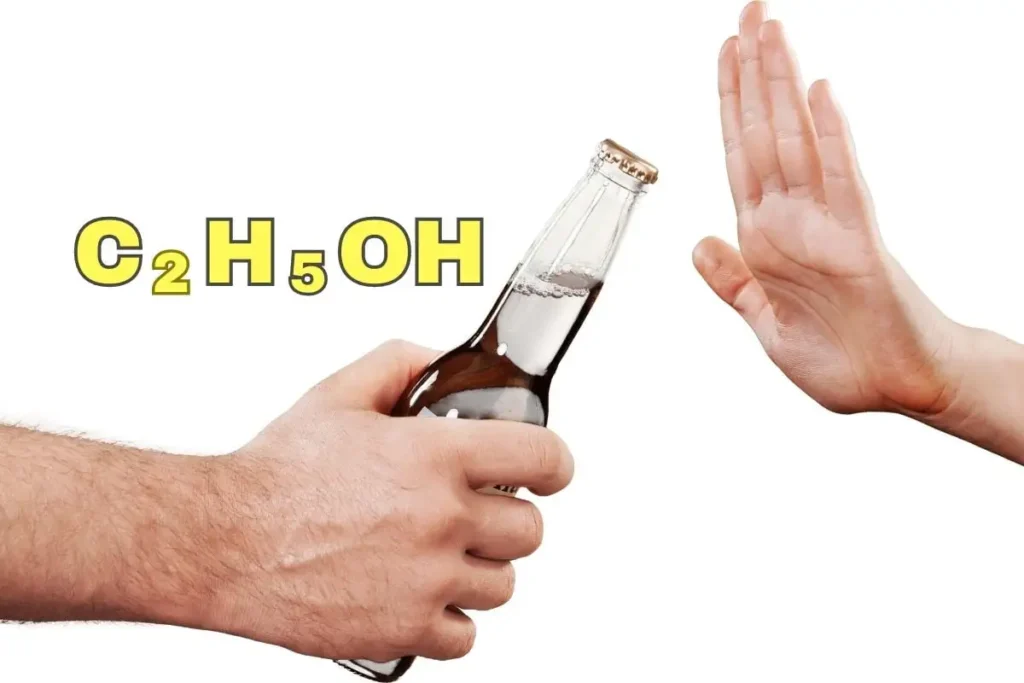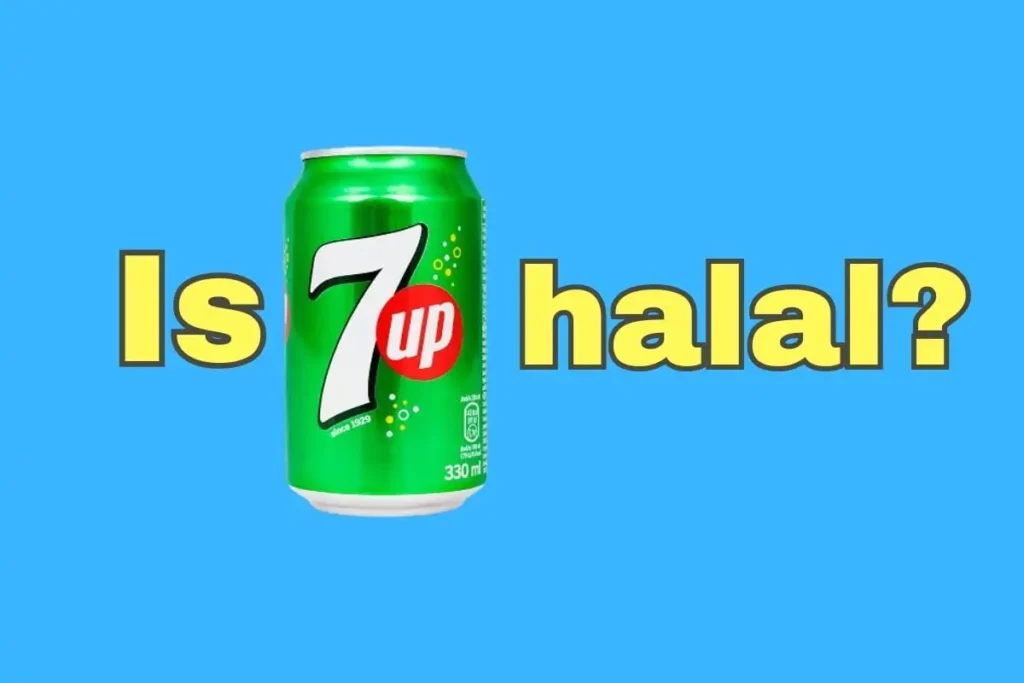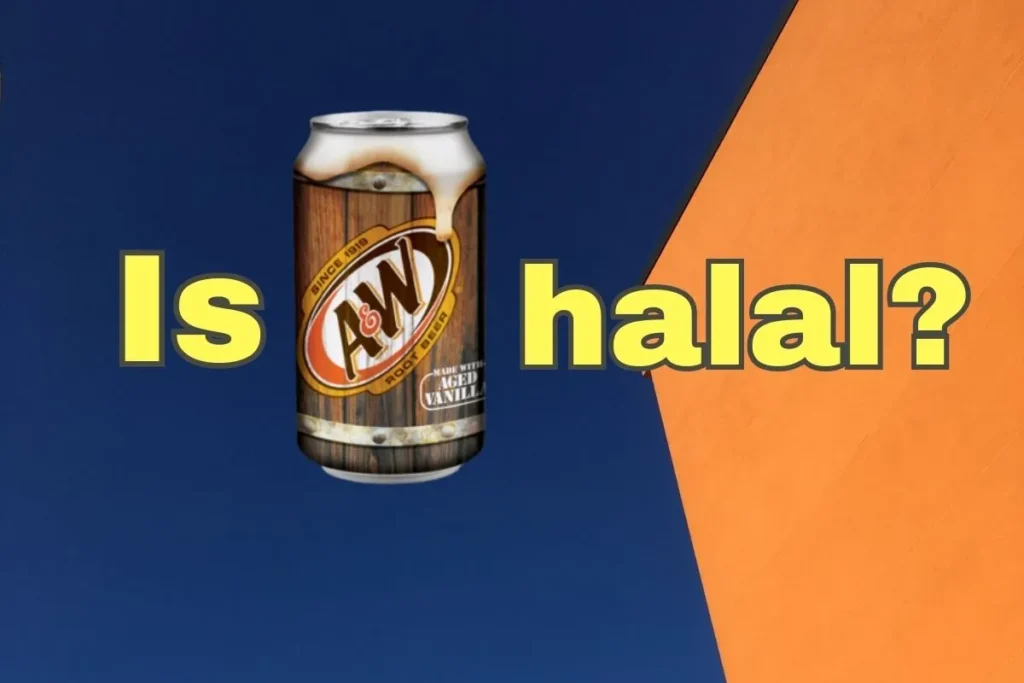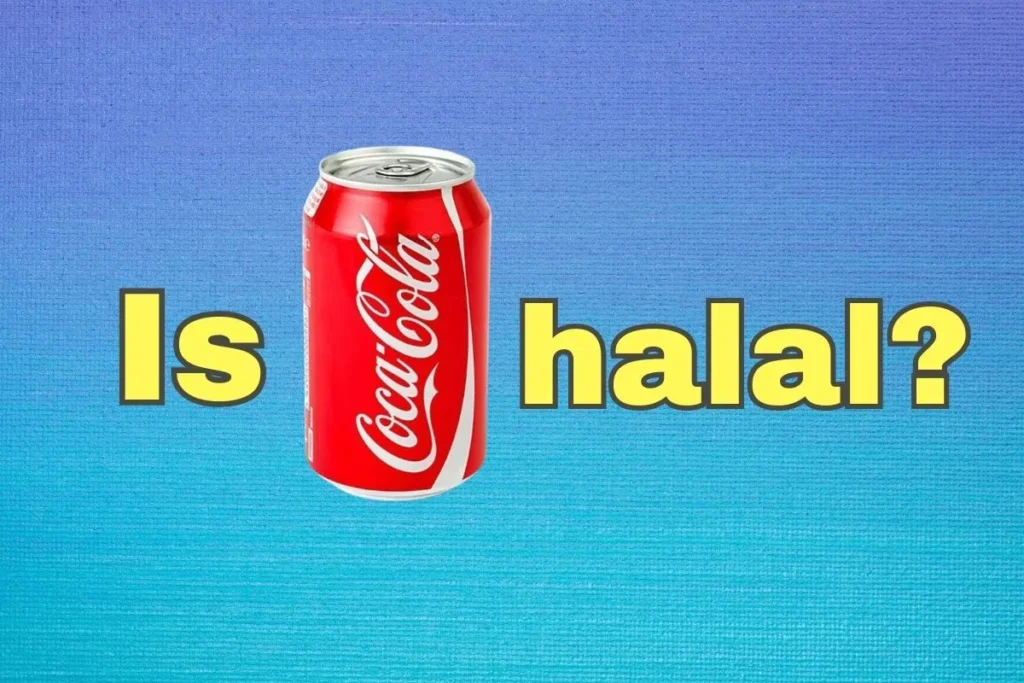Hello, fellow food enthusiasts! Ever been intrigued by the vibrant colors in your food and wondered about their origins? Today, we’re zooming in on one particular ingredient – E162.
Let’s unravel its story and address the all-important question: “Is E162 Halal?” Join me as we embark on this flavorful journey!
Key Takeaways
| 📌 E162, or Beetroot Red, is a natural red food dye made from beets. It gives food and drinks their beautiful red color. |
| 📌 it’s Halal! E162 is plant-based and doesn’t contain any animal products or alcohol in its production. |
What is E162?
E162, known in the science world as Beetroot Red or Betanin, is a red glycosidic food dye obtained from beets. It’s the superhero behind the intense red color in various foods, drinks, and cosmetics.
But wait, there’s more to E162 than meets the eye! Did you know it’s also an antioxidant? Yes, aside from making our foods pretty, it battles the bad guys known as ‘free radicals’ in our bodies. How cool is that?
Chemical Structure

Diving into the realm of molecules, the chemical structure of E162 is C24H26N2O13. This complex assembly is what gives it its color and stability, fascinating, right?
Imagine tiny Lego blocks, but these are atoms of carbon, hydrogen, nitrogen, and oxygen, constructing the vibrant pigment we see in red velvet cakes and beetroot salads. It’s like a molecular symphony that plays out perfectly in nature’s own laboratory!
What Is E162 Made From?
Now, onto the juicy details! E162 is extracted from the roots of beet plants. Picture this: fields of beets being transformed into the most intense, natural colorant. It’s nature’s paintbrush swiping a stroke of genius across our culinary canvas.
But it’s not just about beauty; this extraction process is a testament to human ingenuity, harnessing nature’s palette for our sensory delight.
Possible Side Effects
But let’s get real for a moment, folks. Are there any side effects lurking behind those rosy hues? While E162 is generally safe, some people might experience mild beetroot allergies.
We’re talking slight rashes or stomach upset – nothing too scary, but something to keep in mind. Remember, what’s food for one can sometimes be a foe for another!
Regulations and Guidelines
Navigating the regulatory seas can be tricky, can’t it? Let’s set the record straight: authorities like the European Food Safety Authority (EFSA) and the U.S. Food and Drug Administration (FDA) have given E162 the green light, with specific guidelines, of course. For the nitty-gritty details, check out the EFSA’s comprehensive dossier on E162 – it’s quite the read!
Dosage and Administration
So, how much is too much? The experts suggest a maximum intake of 0.5mg per kg of body weight. It sounds scientific, but it’s just a fancy way of saying moderation is key. Want the latest scoop on safe levels and recommendations? Swing by the FDA’s guidelines on food additives for the full lowdown.
Is E162 Halal or Haram?
Alright, let’s tackle the big question on everyone’s mind: Is E162 Halal? Hold onto your hats… The answer is a resounding yes! E162 is halal and it’s derived purely from plants, with zero involvement of animal products or alcohol in its creation.
This makes it perfectly aligned with Halal dietary guidelines. So, the next time you’re indulging in that delectable red velvet treat, savor it guilt-free!
Find out more:
Is E161b Halal or Haram?
Is E163 Halal or Haram?
Final Words
As we wrap up our colorful journey, it’s clear that E162 isn’t just a pretty face. It’s Halal, packed with goodness, and approved by food safety authorities. So, next time you’re about to take a bite of that ruby-red snack, remember the incredible story behind it!
Allahu A’lam (Allah Knows Best)
FAQ
What is the source of E162?
E162 is like a treasure, sourced from the humble beetroot. It’s all-natural, straight from the earth’s bounty!
Is E162 safe for consumption?
Absolutely! It’s safe and sound, approved by the bigwigs like the EFSA and FDA. Just stick to the recommended amounts, okay?
What are some common food products that contain E162?
Oh, you’ll find this natural artist in candies, fruit drinks, and desserts, especially anything that boasts of red brilliance!
What is the CAS number of E162?
Got a pen ready? It’s 7659-95-2. Sounds like a secret code, but it’s just science speak for our beet-derived friend.
Is E162 banned in any country?
Nope, it’s welcomed worldwide! But always check local food regulations, as they can have their unique twists.
- Is Pop Tarts Halal? What You Need to Know - February 18, 2024
- Are Graham Crackers Halal in Islam? - January 19, 2024
- Is Keebler Wheatables Halal? - January 18, 2024
